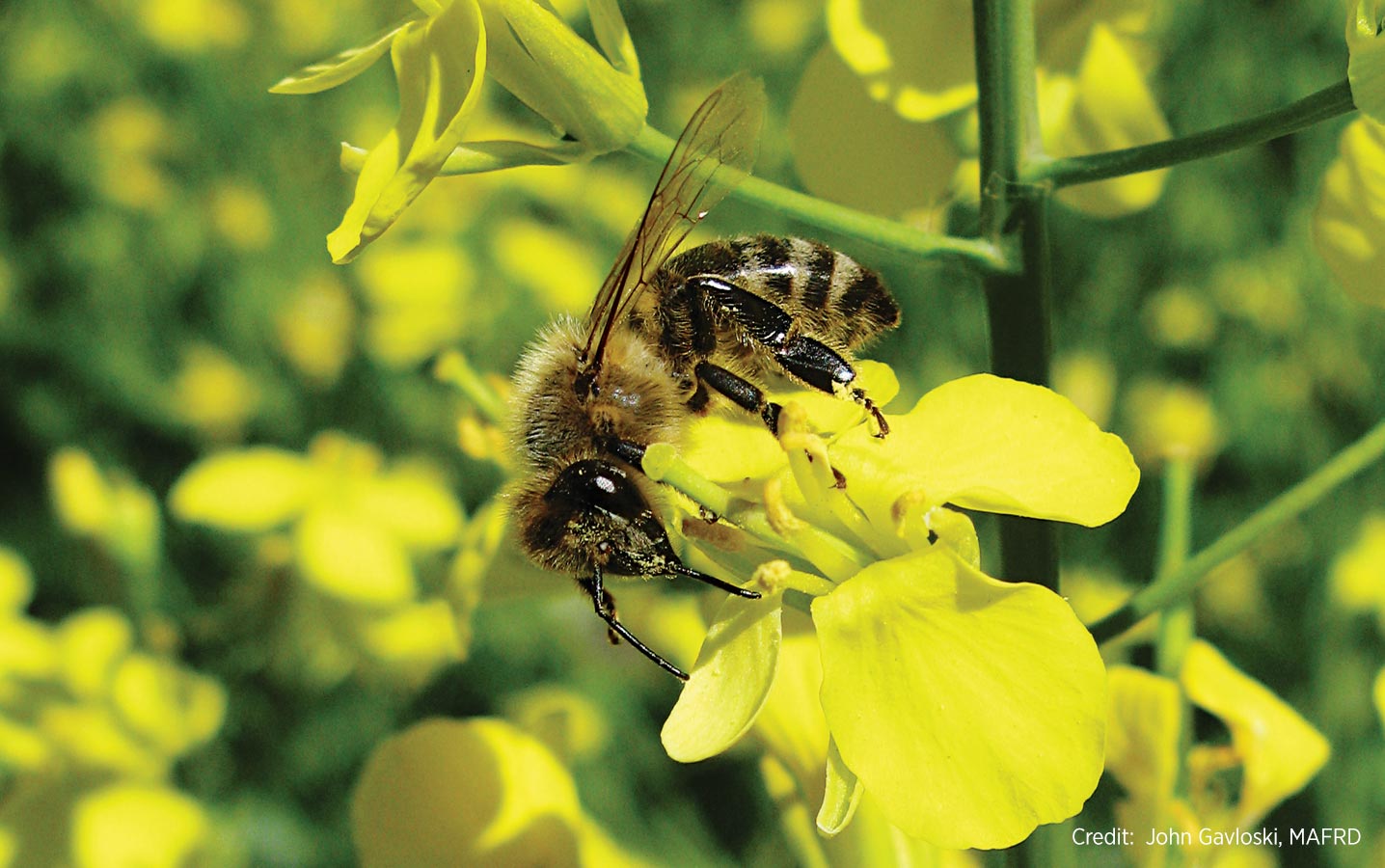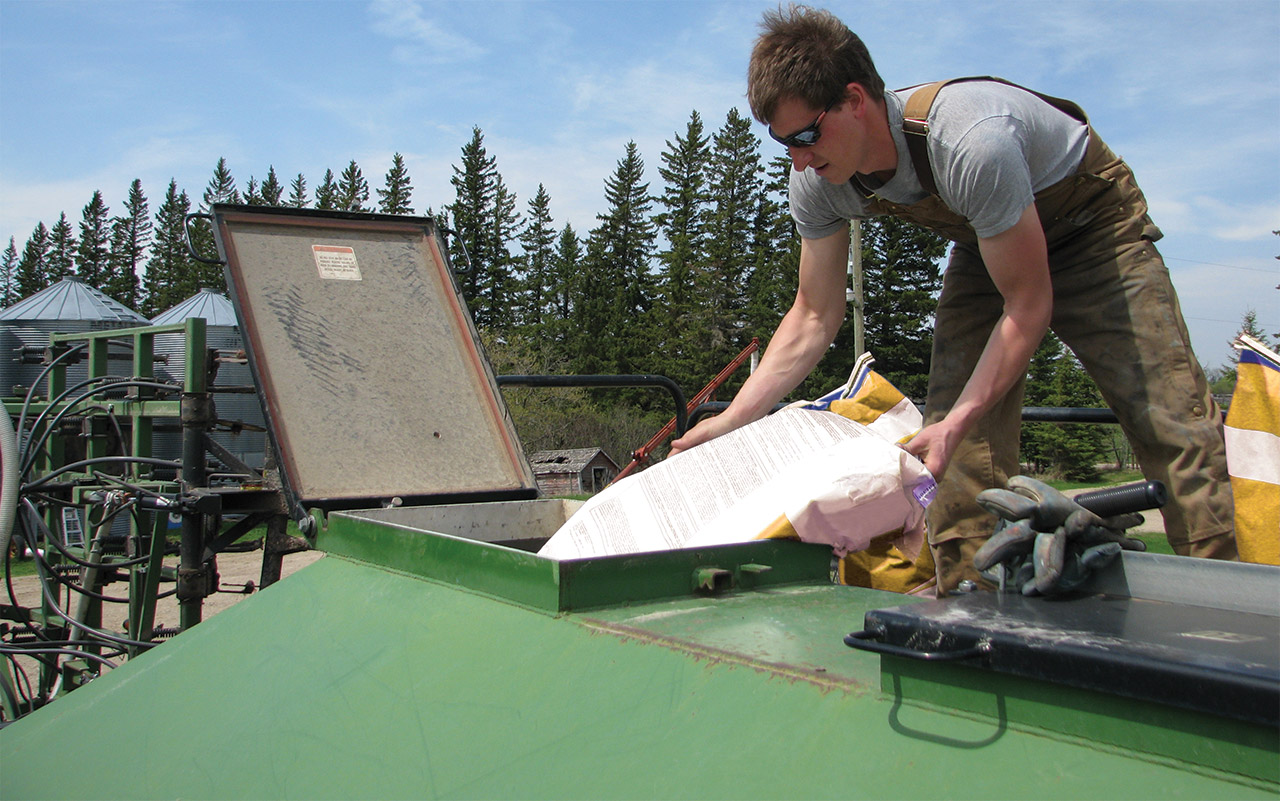
Canola growers can experience substantial decreases in yield due to sulphur deficiency. The abstract to the Grant, Malhi and Karamanos review cited above begins with this: “(Canola) has a high concentration of sulphur in its tissue and seed and a particularly high demand for sulphur relative to its yield potential. Therefore, effective sulphur management is...
Read More Improved nitrogen use efficiency could provide a significant economic gain, given that nitrogen is one of canola growers’ single biggest input costs. “Nutrient use efficiency from fertilizer application is generally less than 50 percent in the year it is applied. Improvements in nutrient use efficiency are therefore critical, both to improve the economics of crop...
Read More 
Key practice: Use insecticides judiciously and employ strategies that may increase populations of some beneficial insects and reduce mortality of some parasitoids. These strategies include reducing tillage, leaving tall stubble to improve overwinter survival and intercropping. Key research: Dosdall, Lloyd, University of Alberta. “Improved Integrated Crop Management with Beneficial Insects.” Canola Digest Science Edition (2013)....
Read More 
The Canola Council of Canada’s Keep It Coming strategic plan targets an average yield of 52 bu./ac. across the Prairies by 2025. This is an 18 bu./ac. increase over the average yield at the time the plan launched. Of that, 10 bu./ac. will come as a result of agronomic improvement through the four categories outlined in this magazine. The other 8 bu./ac. will come from genetics. This article summarizes the seed industry’s perspective on their target and how it could be achieved.
Key practice: Recommended fertilizer rates and seeding rates that provide for a competitive stand will make canola more resilient against weeds, insect damage and disease. Key research: Brandt, S.A., Agriculture and Agri-Food Canada (AAFC), et al. “Seeding Rate, Fertilizer Level and Disease Management Effects on Hybrid Versus Open Pollinated Canola (Brassica napus L.).” Effective pest...
Read More






